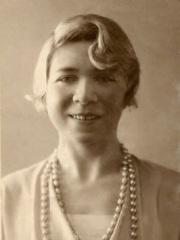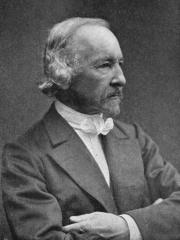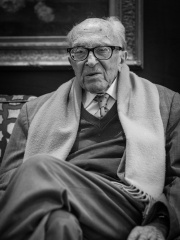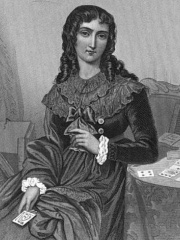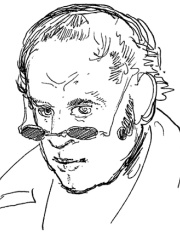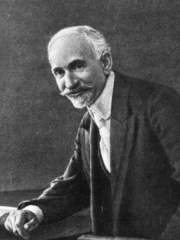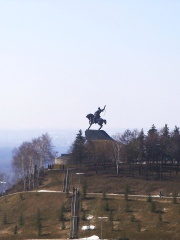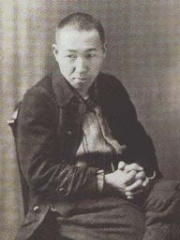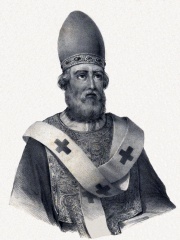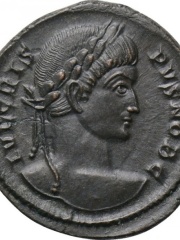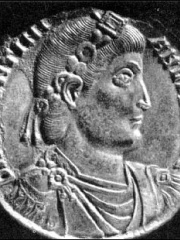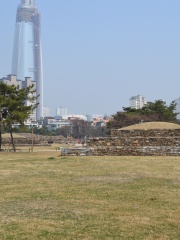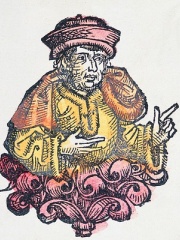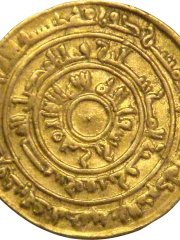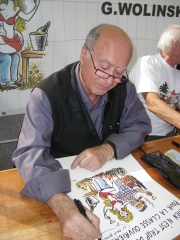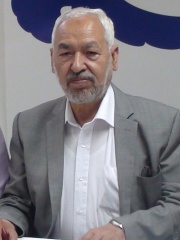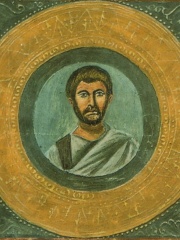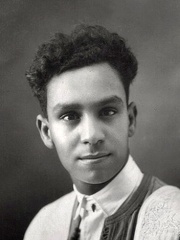WRITER
Avienus
305 - 375

 Avienus
Avienus
Postumius Rufius Festus Avienius (sometimes erroneously Avienus) was a Latin writer of the 4th century AD. Read more on Wikipedia
Since 2007, the English Wikipedia page of Avienus has received more than 65,470 page views. His biography is available in 25 different languages on Wikipedia. Avienus is the 1,371st most popular writer (down from 1,250th in 2019), the 33rd most popular biography from Tunisia (down from 29th in 2019) and the 2nd most popular Tunisian Writer.
Memorability Metrics
65k
Page Views (PV)
58.42
Historical Popularity Index (HPI)
25
Languages Editions (L)
8.32
Effective Languages (L*)
1.82
Coefficient of Variation (CV)
Notable Works
Page views of Avienus by language
Among WRITERS
Among writers, Avienus ranks 1,371 out of 5,755. Before him are Widukind of Corvey, Alfonsina Storni, Zachris Topelius, James Patterson, Boris Pahor, and Diagoras of Melos. After him are Marie Anne Lenormand, Rodolphe Töpffer, Hovhannes Tumanyan, Salawat Yulayev, Kenji Miyazawa, and Tomi Ungerer.
Most Popular Writers in Wikipedia
Go to all Rankings
Widukind of Corvey
925 - 980
HPI: 58.46
Rank: 1,365
Alfonsina Storni
1892 - 1938
HPI: 58.45
Rank: 1,366
Zachris Topelius
1818 - 1898
HPI: 58.45
Rank: 1,367
James Patterson
1947 - Present
HPI: 58.45
Rank: 1,368
Boris Pahor
1913 - 2022
HPI: 58.44
Rank: 1,369
Diagoras of Melos
450 BC - 450 BC
HPI: 58.44
Rank: 1,370
Avienus
305 - 375
HPI: 58.42
Rank: 1,371
Marie Anne Lenormand
1772 - 1843
HPI: 58.41
Rank: 1,372
Rodolphe Töpffer
1799 - 1846
HPI: 58.41
Rank: 1,373
Hovhannes Tumanyan
1869 - 1923
HPI: 58.41
Rank: 1,374
Salawat Yulayev
1754 - 1800
HPI: 58.40
Rank: 1,375
Kenji Miyazawa
1896 - 1933
HPI: 58.38
Rank: 1,376
Tomi Ungerer
1931 - 2019
HPI: 58.38
Rank: 1,377

Contemporaries
Among people born in 305, Avienus ranks 3. Before him are Pope Damasus I and Crispus. Among people deceased in 375, Avienus ranks 3. Before him are Valentinian I and Geunchogo of Baekje. After him is Firmus.
Others Born in 305
Go to all Rankings
Pope Damasus I
305 - 384
HPI: 72.02
Rank: 1
Crispus
305 - 326
HPI: 63.14
Rank: 2
Avienus
305 - 375
HPI: 58.42
Rank: 3

Others Deceased in 375
Go to all Rankings
Valentinian I
321 - 375
HPI: 70.62
Rank: 1
Geunchogo of Baekje
324 - 375
HPI: 60.61
Rank: 2
Avienus
305 - 375
HPI: 58.42
Rank: 3
Firmus
320 - 375
HPI: 54.10
Rank: 4

In Tunisia
Among people born in Tunisia, Avienus ranks 33 out of 179. Before him are Arnobius (255), Hanno the Great (-300), Salvius Julianus (115), Al-Mu'izz li-Din Allah (931), F. R. David (1947), and Fulgentius of Ruspe (468). After him are Himilco (-550), Georges Wolinski (1934), Fouad Mebazaa (1933), Rached Ghannouchi (1941), Hamida Djandoubi (1949), and Maharbal (-245).
Others born in Tunisia
Go to all Rankings
Arnobius
255 - 327
HPI: 60.04
Rank: 27
Hanno the Great
300 BC - 260 BC
HPI: 59.78
Rank: 28
Salvius Julianus
115 - 170
HPI: 59.33
Rank: 29
Al-Mu'izz li-Din Allah
931 - 975
HPI: 59.33
Rank: 30
F. R. David
1947 - Present
HPI: 58.92
Rank: 31
Fulgentius of Ruspe
468 - 533
HPI: 58.65
Rank: 32
Avienus
305 - 375
HPI: 58.42
Rank: 33
Himilco
550 BC - 500 BC
HPI: 58.19
Rank: 34
Georges Wolinski
1934 - 2015
HPI: 58.03
Rank: 35
Fouad Mebazaa
1933 - Present
HPI: 58.03
Rank: 36
Rached Ghannouchi
1941 - Present
HPI: 57.80
Rank: 37
Hamida Djandoubi
1949 - 1977
HPI: 57.61
Rank: 38
Maharbal
245 BC - 202 BC
HPI: 57.51
Rank: 39

Among WRITERS In Tunisia
Among writers born in Tunisia, Avienus ranks 2. Before him are Terence (-185). After him are Albert Memmi (1920), Gisèle Halimi (1927), Dracontius (455), Nemesianus (300), Aboul-Qacem Echebbi (1909), and Ahlam Mosteghanemi (1953).

Terence
185 BC - 159 BC
HPI: 72.66
Rank: 1
Avienus
305 - 375
HPI: 58.42
Rank: 2
Albert Memmi
1920 - 2020
HPI: 55.16
Rank: 3
Gisèle Halimi
1927 - 2020
HPI: 52.65
Rank: 4
Dracontius
455 - 505
HPI: 52.12
Rank: 5
Nemesianus
300 - Present
HPI: 51.78
Rank: 6
Aboul-Qacem Echebbi
1909 - 1934
HPI: 50.71
Rank: 7
Ahlam Mosteghanemi
1953 - Present
HPI: 47.29
Rank: 8


